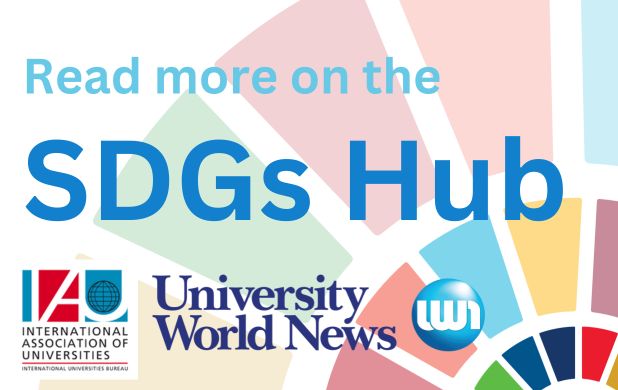MEDEAS - Guiding European Policy towards a low-carbon economy. Modelling Energy system Development under Environmental And Socioeconomic constraints - 2016-2019
This project ran from 2016 to 2019.
Future directions in the transition to a low carbon economy aim to link the energy sector with EU competitiveness, protection of the environment, growth, creation of jobs and social welfare. Is in this sense, that a new requirement arises, in which it is important to support the policy-making through the implementation of a tool that, apart of considering transformations of the energy sector itself, it also assesses the impacts on environment, economy and society. Currently, most of the commercially available tools for policymaking in the energy sector do not combine all these features, i.e. they lack an approach in such an integrated way. In addition, one of the main problems in the present energy modelling tools, from the point of view of stakeholders, come from lack of transparency of the mainstream used models, at the degree that an independent review is not possible. Our project aims to implement a policy oriented tool with the main advantages and uses of the state-of-the-art models but with a more broader approach. Our project tool aims to solve the previously introduced main problems in the present energy models, it will be: transparent, integrative and flexible. The transparency will be addressed with be release of the project's tool as public licensed software. This aims to benefit also stakeholders and enterprises, which will have a free of charge, public and powerful tool to evaluate socio-economic impacts of selected policies in their future investments within a low-carbon economy. The inclusion in the tool, not only of energy and socio-economy but also materials costs, environment impacts and social aspects will make it a powerful integrative tool to guide the policy-making. Finally, the software modular design of the tool will take into account the necessary flexibility to deal with different levels and interests of stakeholders (i.e., economic sectors and geographical approaches).


